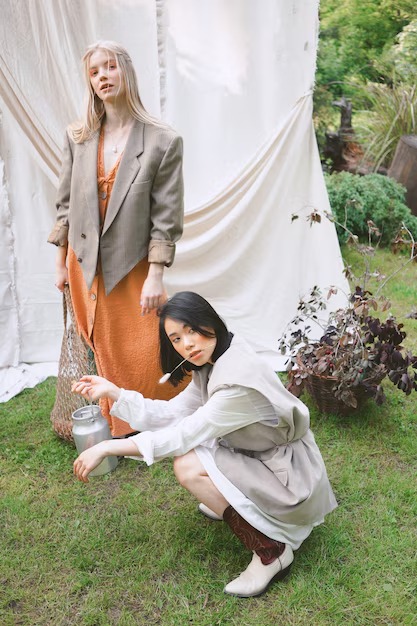The Do’s and Don’ts of Garden
The Do’s and Don’ts of Gardening
Gardening can be a deeply rewarding endeavor, but it requires a blend of knowledge, patience, and attention to detail. Whether you’re a seasoned gardener or just starting out, understanding the do’s and don’ts can make the difference between a thriving garden and one that struggles to survive. Here’s a comprehensive guide to help you cultivate success in your outdoor space.
Do’s of Gardening
1. Plan Your Garden Layout
Before you start planting, take the time to plan your garden layout. Consider factors like sunlight, soil type, and spacing requirements for each plant. For example, tomatoes need full sun and well-draining soil, while leafy greens like lettuce can tolerate partial shade. Sketching out a rough map can help you visualize where each plant will thrive.
2. Test and Amend Your Soil
Healthy soil is the foundation of a successful garden. Test your soil’s pH and nutrient levels to determine its condition. Most plants prefer a slightly acidic to neutral pH (6.0-7.0). If your soil is too acidic, add lime; if it’s too alkaline, incorporate sulfur or organic matter like compost. Compost not only balances pH but also improves soil structure and fertility.
3. Water Wisely
Proper watering is crucial for plant health. Water deeply and less frequently to encourage strong root growth. Early morning is the best time to water, as it reduces evaporation and allows foliage to dry before evening, minimizing the risk of disease. For example, vegetables typically require about 1-2 inches of water per week, but this can vary depending on the climate and soil type.
4. Mulch Your Garden Beds
Mulching helps retain soil moisture, suppress weeds, and regulate soil temperature. Organic mulches like straw, wood chips, or shredded leaves also break down over time, enriching the soil. Apply a 2-3 inch layer of mulch around your plants, keeping it a few inches away from the stems to prevent rot.
5. Rotate Crops
Crop rotation is essential for preventing soil-borne diseases and nutrient depletion. Avoid planting the same family of plants in the same spot year after year. For instance, follow nitrogen-heavy crops like beans with nitrogen-demanding plants like corn or leafy greens to maintain soil balance.
Don’ts of Gardening
1. Don’t Overcrowd Plants
While it’s tempting to maximize space, overcrowding plants can lead to poor air circulation, increased disease risk, and competition for nutrients. Follow spacing guidelines on seed packets or plant tags. For example, pepper plants should be spaced about 18-24 inches apart to ensure healthy growth.
2. Don’t Neglect Pest Control
Pests can quickly damage or destroy your garden if left unchecked. Regularly inspect your plants for signs of infestation, such as chewed leaves or discolored spots. Use natural pest control methods like introducing beneficial insects (e.g., ladybugs for aphids) or applying neem oil. Avoid overusing chemical pesticides, as they can harm beneficial organisms and disrupt the ecosystem.
3. Don’t Forget to Prune
Pruning is essential for maintaining plant health and encouraging productive growth. Remove dead or diseased branches, and thin out dense areas to improve airflow. For example, pruning tomato plants by removing suckers (new shoots between the main stem and branches) can lead to larger, healthier fruit.
4. Don’t Over-fertilize
While fertilizing is important, too much can harm your plants. Over-fertilization can lead to nutrient imbalances, burning of roots, and excessive foliage growth at the expense of flowers or fruit. Follow the recommended application rates on fertilizer packaging, and consider using slow-release or organic fertilizers for a steady nutrient supply.
5. Don’t Ignore the Weather
Weather conditions can significantly impact your garden’s success. Be mindful of frost dates, excessive heat, and heavy rainfall. For example, protect tender plants from late frosts with row covers or cloches, and provide shade for heat-sensitive plants during scorching summer days. Regularly check weather forecasts to plan your gardening tasks accordingly.
Final Thoughts
Gardening is both an art and a science, requiring a balance of knowledge, effort, and adaptability. By following these do’s and don’ts, you can create a garden that not only survives but thrives. Remember, every garden is unique, and part of the joy of gardening lies in learning and experimenting. So roll up your sleeves, get your hands dirty, and enjoy the process of nurturing your little piece of nature.



